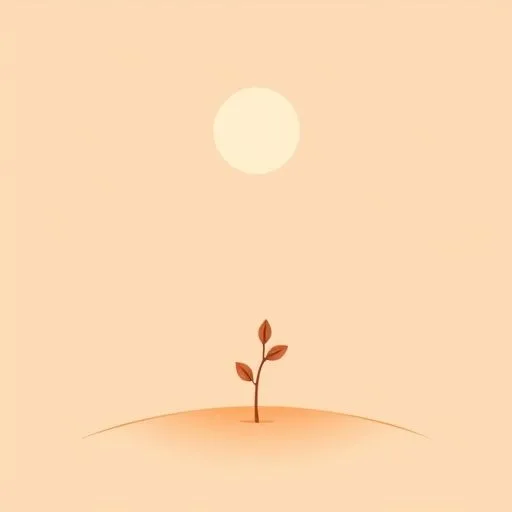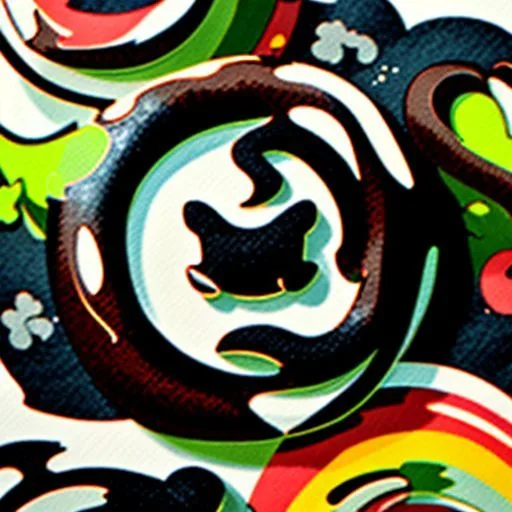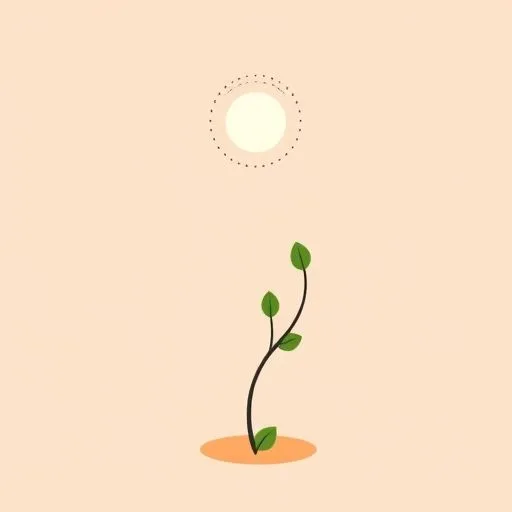
We keep hearing AI will change everything—’the future of education,’ warnings about ‘replacing humans.’ But remember when email was called a passing fad? How search engines seemed like toys? What actually sticks isn’t the tech. It’s that late-night whisper when your child curls against you, sticky fingers pointing at the moon: ‘Why doesn’t it fall?’ I’ve noticed caregivers—even exhausted—you hold that question like something fragile. That whisper? That’s where real learning lives. And it’s not drowning in the noise. It’s thriving in the quiet spaces you create.
When We Tried to Predict the Last Revolution

Back when the internet was new, we shrugged at email. Called websites ‘digital scrapbooks’—flashy but pointless things. Yet here we are, decades later, and nobody talks about how it changed us.
It wasn’t the gadgets. It was the space they carved for real curiosity. Like when a child squats in the dirt, tracing a crack in a stone, and asks, ‘Why does this line go here?’
That’s the heartbeat we miss in AI debates. Not the instant answer about rock formations, but the mother who says, ‘Let’s find out together—grab your magnifying glass?’
You know what sticks with kids? Not the textbook facts they’ll forget by high school. It’s that shared silence while examining a beetle, the warmth of your hand guiding theirs over rough bark.
We’ve all seen a mom pause mid-exhaustion—not rushing to Google ‘why leaves change color’ but saying, ‘What do you think makes it red?’ That moment? It outlives any app.
Because curiosity isn’t fed by answers. It’s watered by the space between question and reply—where wonder takes root.
The Sound of Curiosity in a World of Instant Replies

Honestly? Most AI parenting tips totally miss the point. They’ll teach you to prompt-engineer answers for ‘why volcanoes erupt.’ But real curiosity hums in the moments nobody records: when your kid asks if clouds taste like cotton candy, or if dinosaurs had cell phones.
That’s where moms shine—not by correcting, but by leaning in. ‘What if they did?’ you might ask, eyes crinkling. ‘How would they charge them?’
See what happens? The wild question becomes a bridge. Instead of ‘Let me ask Alexa,’ you create a filter: delay the answer, honor the wonder.
I’ve watched parents turn ‘I don’t know’ into magic. ‘Should we draw our own dinosaur phone?’ you joke, grabbing paper. Suddenly, it’s not about facts—it’s about imagination.
And here’s what nobody warns you: when AI blurts ‘Tyrannosaurus rex lived 68 million years ago,’ kids nod once and move on. But when you whisper, ‘Let’s hunt for fossils in the backyard,’ they remember the hunt.
The tired sigh you think goes unnoticed? That pause before you say ‘Try guessing first—what’s your theory?’? That’s the quiet courage shaping explorers. Not the machine’s reply—the human moment where curiosity breathes.
The Moments That Outlast Any Algorithm

Tech changes faster than sand in an hourglass. Today’s ‘must-have’ AI app? Tomorrow’s digital dust. What remains isn’t what we click—it’s what we feel.
Think of a mother kneeling beside her child in the garden, dirt under her nails, not scanning her phone but tracing the curve of a bent sapling. ‘Why does it grow sideways?’ the child asks.
No app download. No voice command. Just two heads bent together, imagining how wind shaped that tree. That’s the fingerprint of real learning.
Years later, your child won’t recall the AI answer about photosynthesis. But they’ll feel the ghost of your shoulder against theirs, the smell of wet soil, the shared ‘aha!’ when they noticed light patterns on the leaves.
We’ve all seen moms turn mundane moments into wonder labs. The flight delay isn’t ‘wasted time’—it’s cloud-spotting (‘Is that one a dragon or a ship?’). Rainy afternoons aren’t boring—they’re sidewalk-puddle physics (‘Why do ripples spread?’).
And when exhaustion hits? That sigh isn’t defeat. It’s the sound of you choosing presence over efficiency: ‘You’re right—the moon looks close enough to touch. Let’s pretend we can.’
I watch parents in these quiet acts—resisting the urge to ‘solve’, making space for not-knowing—you’re building something AI can’t replicate: a child who trusts their own questions more than any answer.
Because the deepest lessons aren’t memorized. They’re lived, in the warmth of your hand holding theirs while the world waits for a reply.
Source: Sierra CEO Bret Taylor on why the AI bubble feels like the dotcom boom, The Verge, 2025/09/10 16:44:27
